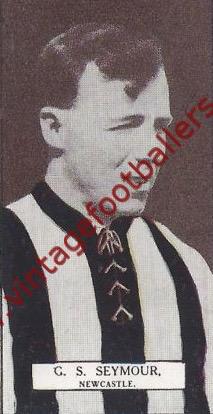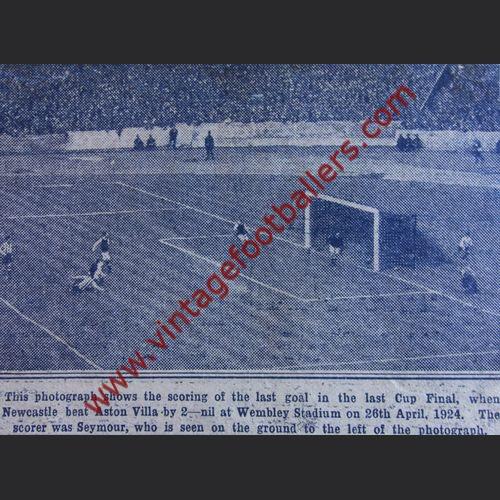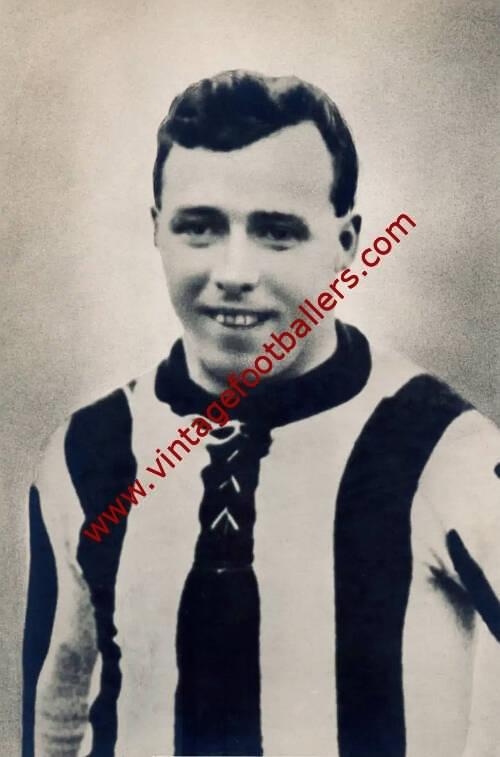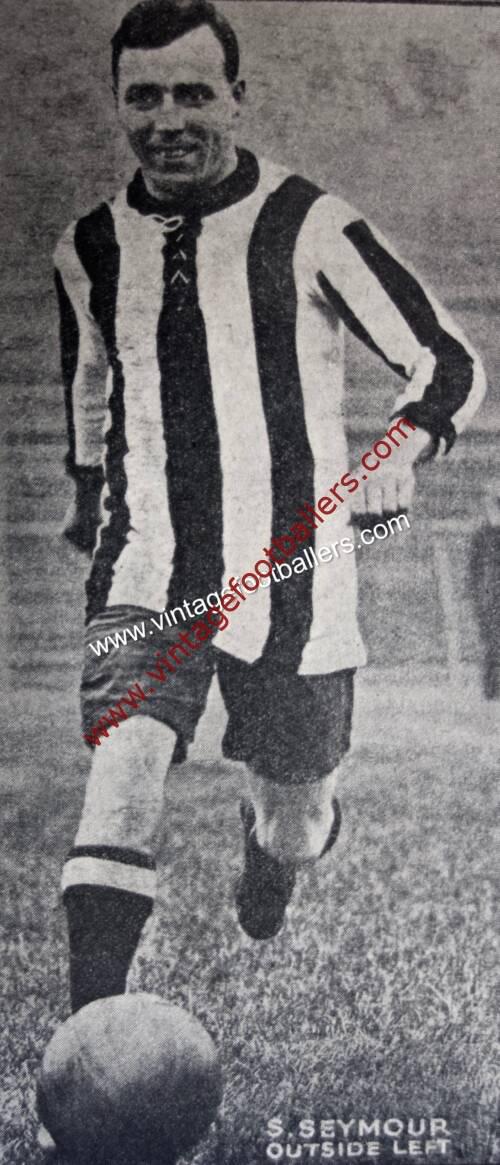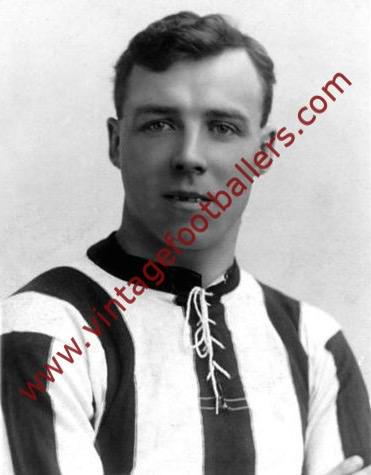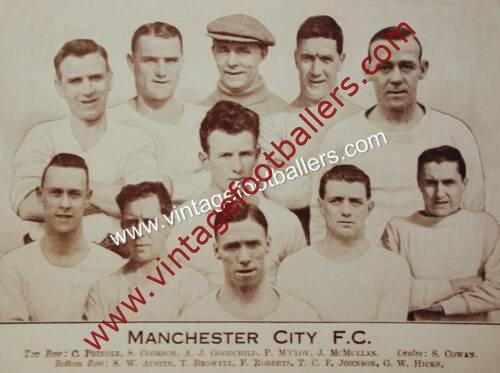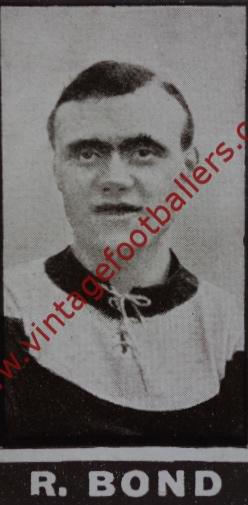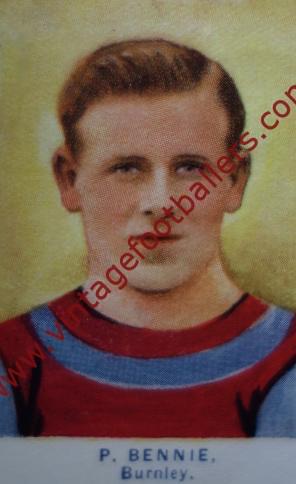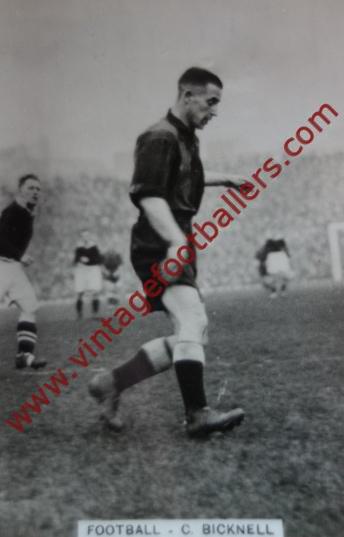Please choose your photo size from the drop down menu below.
If you wish your photo to be framed please select Yes.
Note: 16″x 20″not available in a frame.
Images can also be added to accessories. To order please follow these links
£8.95 – £49.95
Please choose your photo size from the drop down menu below.
If you wish your photo to be framed please select Yes.
Note: 16″x 20″not available in a frame.
Images can also be added to accessories. To order please follow these links
Born in Kelloe, County Durham, left winger Stan Seymour is one of the all time Newcastle United greats, and was known as ‘Mr. Newcastle United’ after the various years and roles he delivered for the club. As a player, despite his small physique, he was famous for tearing defences apart from the left wing. After originally being rejected by Newcastle United as a teenager; the local pit worker was told to ‘come back when you grow up’, he played some non-league football for Shildon Athletic and Coxhoe before joining First Division Bradford City for £150 in September 1911 for a short spell, making his Football League debut and only competitive appearance for The Bantams at Manchester City in March 1912.
He then joined Scottish side Greenock Morton in the close season, where he developed as a player, becoming popular with the locals at Cappielow who called him ‘The Little Englishman’. Unlike England, a fairly normal League season was played throughout the First World War in Scotland, and in all of Seymour’s time in Greenock, Morton never finished outside the top four of what was a highly competitive League (the moment he had gone they slipped dramatically down the table). His performances were noticed back in England and after 85 goals in 233 appearances he was eventually offered a transfer to the club who originally rejected him, Newcastle United for a fee of £2,500 in May 1920.
It did not take long for Seymour to become a crowd favourite at St. James’ Park, and his performances helped Newcastle reach the 1924 FA Cup Final with Seymour scoring goals against Portsmouth, Derby County, Liverpool, and Manchester City before eventually going on to win the FA Cup in a 2-0 win over Aston Villa in the Final at Wembley, in which he scored a thunderous 20-yard half volley to secure the win, his fifth goal of their Cup winning odyssey, in a season in which he scored his career best total of 21 goals. He was also part of the Newcastle team that were crowned League Champions in 1926-27, when he was an ever present for The Toon, scoring 19 goals during the campaign including a hat-trick in a 6-1 thrashing of Blackburn Rovers in October 1926, around the time of which he was described as having made “hosts of friends” [at Newcastle] “for his whole-hearted displays, his crafty and speedy movement, and effective marksmanship”.
Such displays also earned him a call-up to the Football Association team in a 1925 tour to Australia, playing twice in unofficial internationals against the host nation. He also twice represented The Football League, playing in a 4-3 victory over The Scottish League at Goodison Park in March 1925, and in a 9-1 thrashing of The Irish League at St James’ Park in September 1927, and was part of The Professionsls’ 1925 FA Charity Shield team that lost to The Amateurs at White Hart Lane that October. However, in the summer of 1929 he was to leave the club after a disagreement with the officials over wages and a testimonial match. This was to be the end of his playing days after 84 goals in 266 appearances for The Magpies as he decided to turn down the chance to join North-East rivals Middlesbrough and to set up a sports shop in Newcastle upon Tyne, as he vowed ‘never to kick a ball again’. He also later became involved in journalism. However his good service for Newcastle United was not forgotten and he was appointed the club’s new Director in 1938.
As director he had control of first-team affairs, but like Frank Watt could not pick the team under the Director’s Committee. However he had more influence on who could play than Watt had during his time at the club, and in fact did not believe that one man should have sole responsibility for picking the team. He was manager of the club with the Directors Committee from 1938 to 1954, aside from a period from 1947 to 1950 when George Martin took over the role. In 1943, Seymour gave a trial to a 19-year-old ‘Wor Jackie’ Milburn, who later became a club legend himself. The club won the FA Cup in 1951 and retained it in 1952 whilst Seymour was at the helm. Seymour became the first person in English football history to win the FA Cup with the same club as a player and manager.
In December 1954, Seymour stepped down from the manager’s role and became the club’s chairman, appointing Doug Livingstone as the new manager. However, Seymour still believed that the manager’s responsibilities should extend no further than training and motivating the players, something he demonstrated when Livingstone attempted to drop Jackie Milburn from the team for the 1955 FA Cup Final. Seymour responded to this by immediately relieving Livingstone of his ability to select the team, picking the eventual Final team largely by himself, and saw Newcastle’s victory in the Final as vindication of his approach. By the end of the year Livingstone had been completely barred from working with the first team in any capacity, and his resignation near the start of 1956 allowed Seymour to fully take over the manager’s role again. Newcastle’s overall form deteriorated rapidly after this, though, and when the club only avoided relegation on goal average in 1958 it paved the way for chairman William McKeag (a bitter rival of Seymour’s) to appoint Charlie Mitten as the new manager. Still, “Mr Newcastle” Seymour remained as part of the board until his death in 1978, and was appointed Life President of the club in 1976.
His son, Stan Seymour Junior, was Newcastle United’s Chairman in the 1980’s.
| Weight | N/A |
|---|
